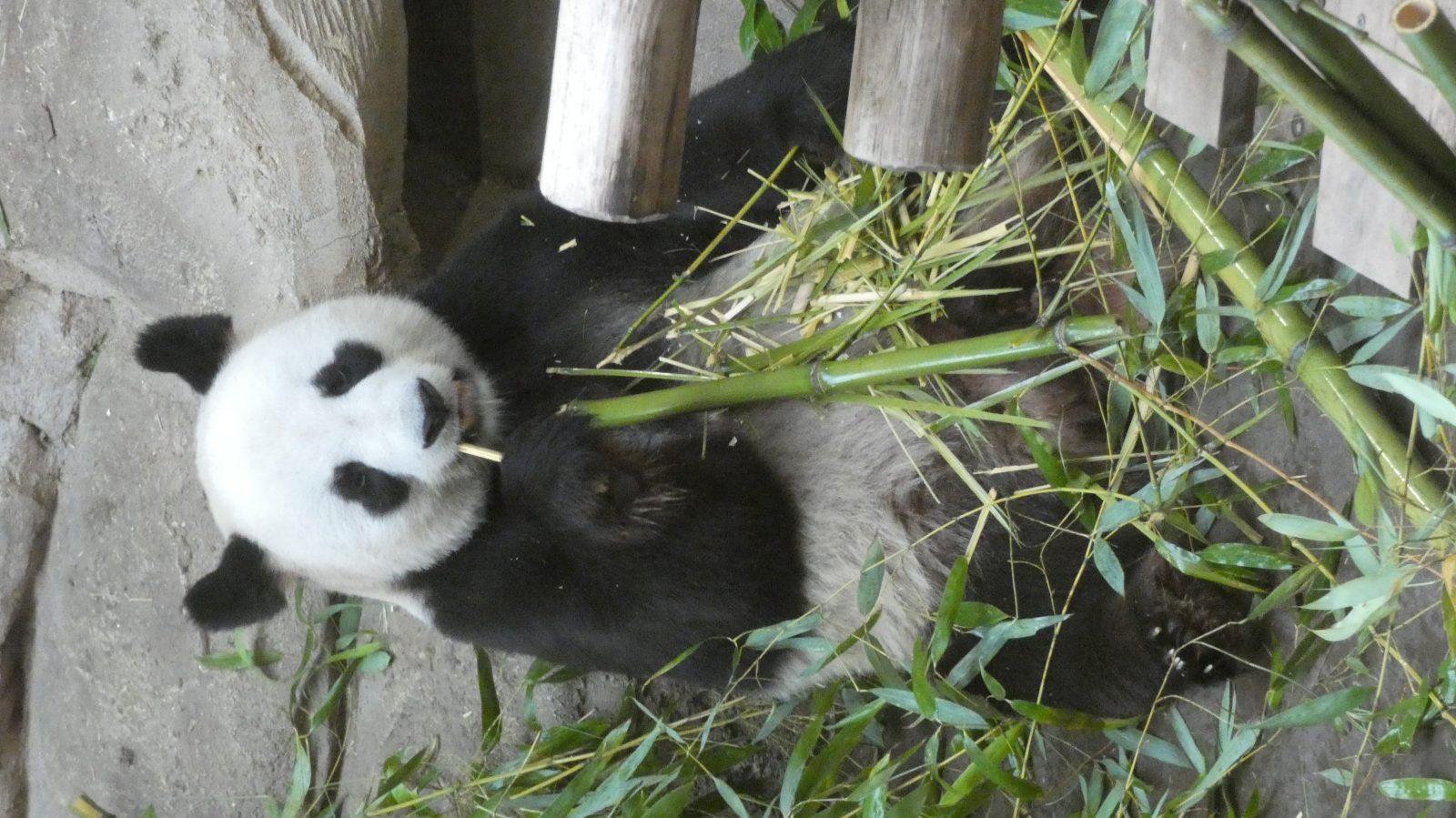
Panda Bear
Panda bears are unique amongst the bears, having become a vegetarian species. This means they are of great interest. They also survive only in China, despite the fact that it is the most populace country in the world.
A huge reserve is being created, which should connect most panda populations.
The only bear which has adapted a totally vegetarian diet, Panda bears are well known partly as a result in their face being the mark of the charity WWF, though it’s also likely that China’s panda diplomacy has had something to do with this. Eating almost exclusively bamboo they have a very restricted range in the mountains. Through much effort the current population is 2060 strong. While very expensive and needing high level of fitness, treks to see the Panda can be arranged.
Over time we hope to list many places where you can visit bears and see them in their wild home, these will appear here, and a list of posts we have published on bears will appear below these links
There are 2 subspecies, with the split thought to have occurred around 300,000 years ago.
The standard panda is the one that we all know well. This is the black and white stereotypical panda that we are all familiar with.
These pandas are generally found within Sichuan province in China.
The population of both subspecies of panda is nearly 1900, which means that the population of this subspecies must number between 1600 and 1700. However, as always, we are operating on subspecies so its hard to be sure.
Below, I have included 2 videos of the more common giant panda.
- The first is an incredibly rare encounter with a panda bear on one of the roads that crosses their habitat – what a treat for the driver.
- The second is a mother panda teaching her young how to eat bamboo.
- The last video shows the training that humans give to pandas. to get them ready for a life in the wild (this is incredibly hard and time-consuming process. While it may be possible to reintroduce captive breed animals , or even a whole population from scratch, it will be far easier if we are able to maintain a minimum wild population instead.
The Qinling panda, is restricted to the Qinling Mountains in Shaanxi at elevations of 1,300–3,000m. These pandas have a brown and white pattern (though largely in the same arrangement.
The population is thought to number 200-300 though numbers are not certain.
Below, I have included 2 videos of the Quinling panda.
- The first is a rare piece of footage of a quinling bear on the edge of a local city.
- The second is footage of possibly the only Quinling bear that is currently found in captivity.
- The last video is a more in depth video about this subspecies which has recently be discovered.










